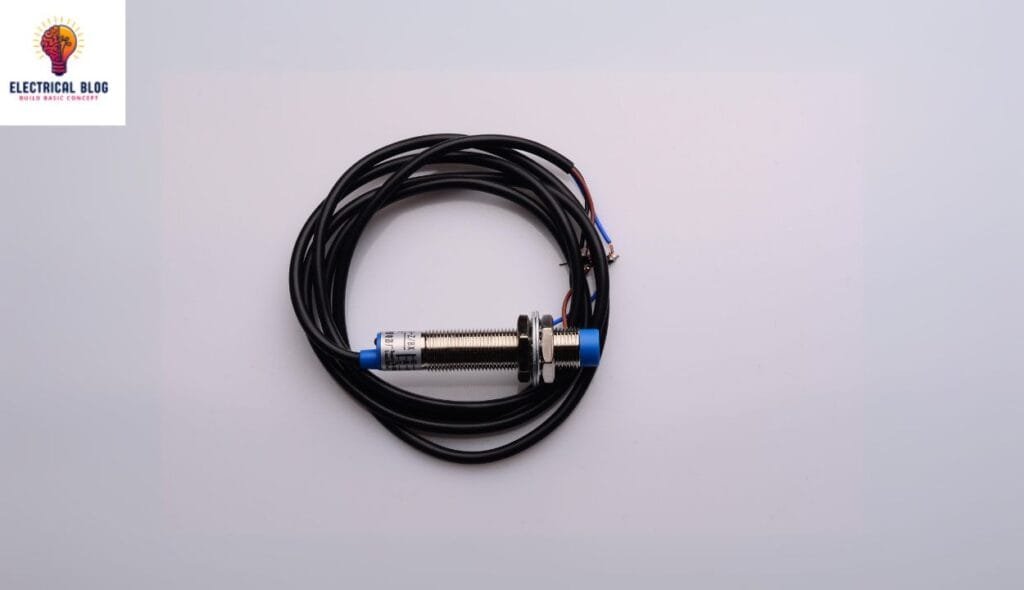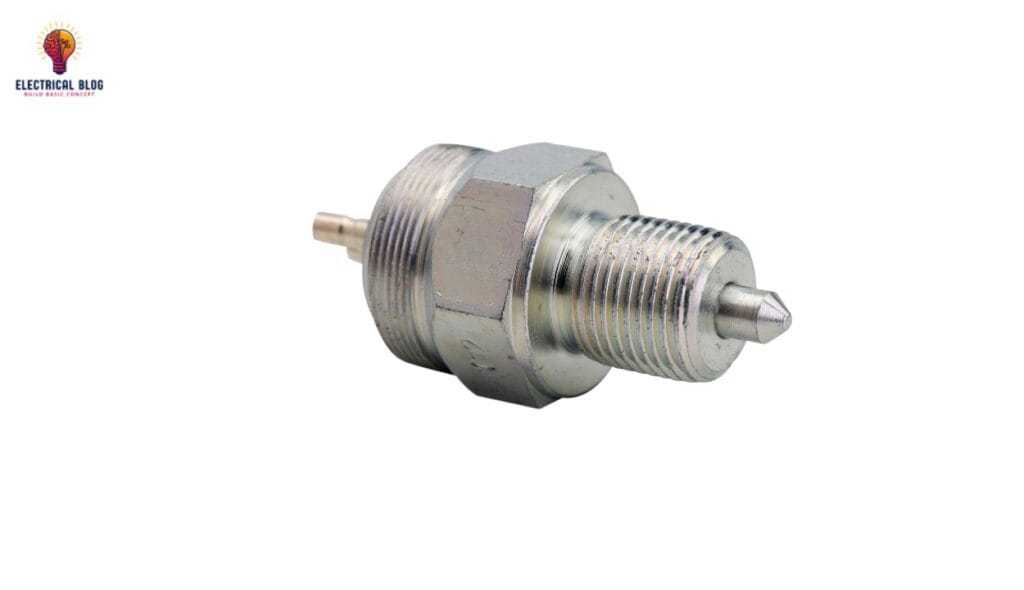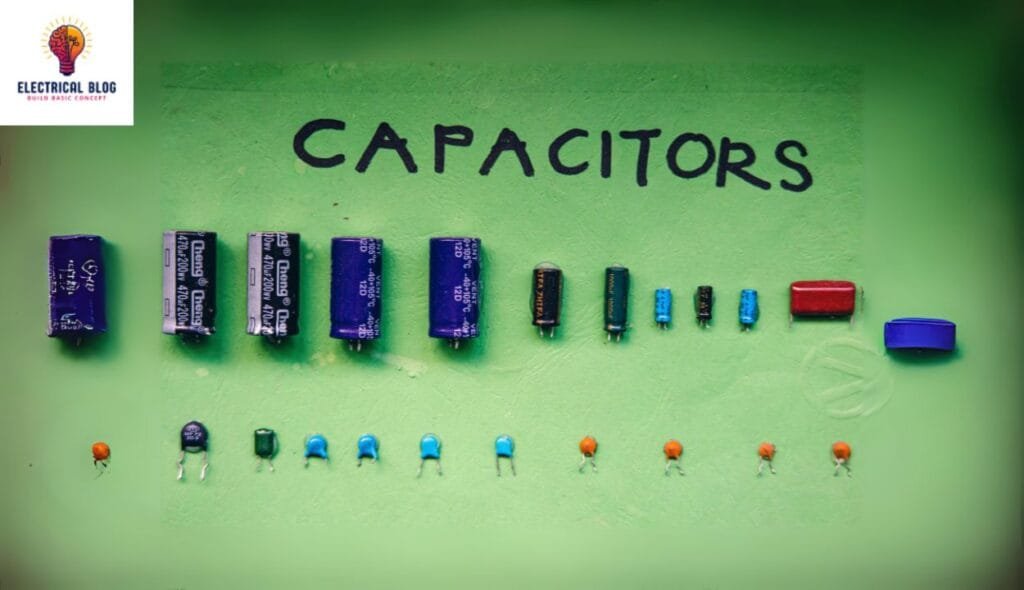Introduction
When working in different industries, I’ve often found that inductive sensors stand out due to their ability to detect objects without physical contact. Unlike other sensors, these are widely used in applications where precise position tracking and speed monitoring are essential. Whether in automotive systems or industrial automation, they help in tracking motor-related components like coils, stators, and magnets, ensuring smooth operations. The absence of mechanical wear makes them highly reliable for micro motion tasks. In this blog, we’ll explore their types, how they work, and why they’re essential in modern technology.
What is an inductive sensor?
An inductive sensor is an electronic device that can detect metal targets without physical contact. It works best with ferrous materials but can also sense non-ferrous metals like aluminum, brass, and copper, though the sensing range decreases with these materials. This makes it a reliable tool for precision-based applications.
Operating Principle of Inductive Sensors
An inductive sensor is an electronic device designed to detect metal objects without physical contact. It works by generating an electromagnetic field that emits from the sensor’s face. When a metal target enters its proximity, it disrupts this field, causing eddy currents to form within the object. These currents create a secondary magnetic field, which alters the inductance of the sensor’s coil.
This change affects the output signal, triggering the indicator light to turn on. The sensing range depends on the distance between the sensor and the maximum detectable target. Inside, a wire wound around a core of ferrite or another magnetic material follows the electromagnetic principle, where an alternating current (AC) flows, ensuring consistent detection of motion system components like magnets, rotors, stators, and coils.
Structure of Inductive Sensors
Inductive proximity sensors are built with several components that work together to ensure accurate detection. At the core, an oscillator generates high-frequency alternating voltage signals to create a measurement field. The sensor surface acts as the active sensor surface, emitting an electromagnetic field that interacts with a metallic object or attenuation object. When the object’s presence is detected, it causes changes in the sensor-generated field. A trigger stage and signal converter then convert this disturbance into analog signals or digital signals. The output amplifier then amplifies the converted signal for external devices, ensuring seamless communication with distance sensors and other connected systems.
Switching Distance of Inductive Sensors
The switching distance of inductive sensors is the defined distance at which they detect a metallic object. According to the international standard EN 60947-5-2, this is determined using a calibrating plate made of Fe 360 (ST 37) with a square shape and 1 mm thick. The side length matches either the diameter of the active sensor surface or three times the nominal operating distance (Sn).
The nominal operating distance is a theory-based value that assumes ideal conditions without considering external influences like voltage drops, mechanical tolerances, or ambient conditions. The real operating distance (Sr), however, is the true measured distance in a specific application, influenced by installation conditions, specified temperature, and specified voltage.
The usable operating distance (Su) accounts for variations due to the entire operating temperature range and supply voltage, ensuring reliable operation. In contrast, the safe operating distance (Sa) represents a conservative value, guaranteeing assured switching signals under any condition. This helps maintain reliable sensor switching even with general tolerances in manufacturing.
For accuracy, sensors undergo testing using a calibration method to confirm they meet the rated switching distance. The output is checked under standard conditions to verify the signal change occurs at the expected range. A proximity sensor should operate within 23 ± 5 °C, with its measured distance falling between 90% and 110% of the set value.
By following these strict standards, manufacturers ensure that inductive sensors work reliably in different operating conditions. Whether in automation, robotics, or industrial systems, these sensors provide precision and stability for detecting objects at the correct switching distance.
Correction Factor
When using an inductive sensor, the sensing distance depends on the material of the object. For a non-ferrous metal like brass, the correction factor is 0.5, so a 12 mm range is multiplied to get 6 mm. Aluminum has a factor of 0.4, making the range 4.8 mm, while copper uses 0.3, reducing it to 3.6 mm. A ferrous metal like steel, which contains a significant amount of iron, has a factor of 1, keeping the range equal to 12 mm. It’s important to consider these values to define the correct distance for precise detection.
Types of Inductive Sensors
Inductive sensors come in various forms and are widely used for different applications. Inductive proximity sensors are commonly used for object detection, counting, and position sensing without physical contact. Their sensing range varies based on the target material, such as a stator, rotor, or coil.
Eddy current sensors work by using eddy currents in conductive materials to measure properties like displacement, material composition, and defect detection. They are vital for non-destructive testing in quality control applications. These sensors also operate in wet conditions and withstand dirt and interference from non-metallic substances.
Inductive loop sensors are utilized in traffic management systems for vehicle detection at toll booths and parking facilities. They work by detecting changes in eddy currents caused by passing vehicles. Similarly, inductive current displacement sensors are used in precision positioning, vibration monitoring, and machine tools for high-accuracy measurement.
Position sensors are employed in pneumatic cylinders, actuators, and machine tools for precise position sensing. They detect the presence or absence of components in dirty conditions and extreme environments. Their parameters and requirements depend on the distance, certain ranges, and the materials used in the process.
Inductive proximity Sensors
Advantages of Inductive Sensors
Inductive sensors have no moving parts, making them solid-state and highly reliable. Unlike other types of sensors, they can still detect targets even when covered in dirt, oil, grease, or sawdust, as these do not affect their performance. They rarely need to be replaced unless physically damaged, which makes them a preferred choice compared to traditional options.
Inductive Sensor Mounting
Inductive sensors can be mounted in different ways, making installation easy and quick. They can be bolted, drilled, or tapped into a hole with the same size and thread as the sensor. Many factory mounts are available for general-purpose use, such as a twelve-millimeter, 24-volt DC sensor. These sensors are attached with a three-wire cable and are available in normally open or normally closed configurations.
To install, connect the brown wire to the sensor voltage + terminal, the blue wire to the sensor voltage – terminal, and the black wire to the sensor outputs #2. When a bolt enters the sensing range, the indicator light turns on and stays on. If the bolt moves away, the light turns off. In a normally closed setup, the light is turned off when the bolt is touching the sensor and turned on when it moves away. A tester can be used to ensure proper functionality.
Inductive Sensor Applications
Inductive sensors are widely used in workstations and conveyor stops to detect if a part in place is correctly positioned. In air cylinder systems, they confirm whether it is extended or retracted, while in chain transfer and pallet stop operations, they check if the mechanism is raised or lowered. For rotating equipment like a turntable, they ensure it is centered before movement. In automated systems, they work with a motor and gearbox to control the VFD (variable-frequency drive), helping it slow down or stop at the right time.
Inductive Sensors vs. Capacitive Sensors
Inductive sensors only detect metallic objects, using magnetic fields to sense their influence without contact. In contrast, capacitive sensors can also measure non-conductive materials like glass, plastics, and liquids by detecting changes in electrical fields. This works by analyzing the dielectric constant of different materials, making them suitable for broader operation in various applications.
Conclusion
Inductive sensors are reliable and precise for detecting metallic objects, using magnetic fields for non-contact operation. They are widely used in various applications, including position sensing, object detection, and automation systems. While capacitive sensors can measure both conductive and non-conductive materials like glass, plastics, and liquids, inductive sensors remain the preferred choice for industrial environments where durability and accuracy are essential. Understanding their differences, mounting methods, and correction factors ensures optimal performance across different industries.




